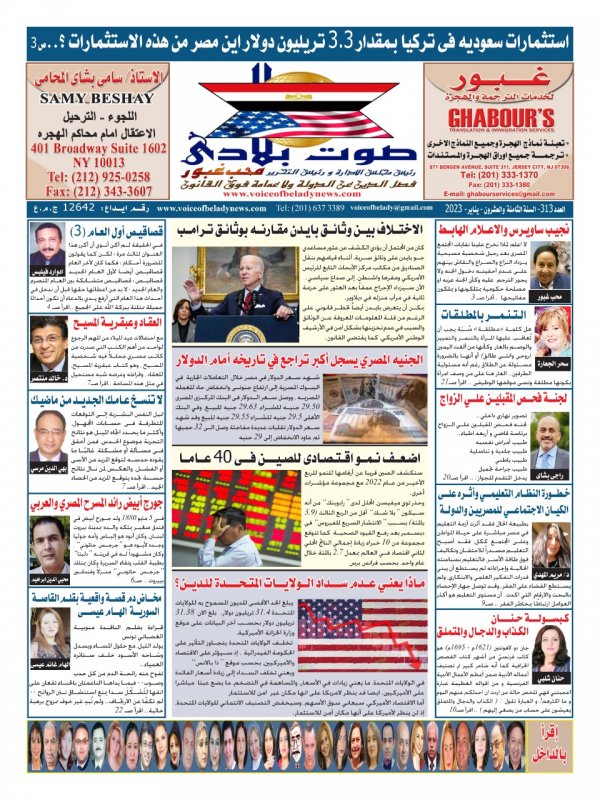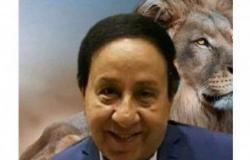
Written by Poet and translator TAGHRID BOU MERHI
The Tunisian writer and director Kalthoum Ben Hania takes us on a journey in her new film "The Man Who Sold His Back" towards a world of surrealism mixed with the daily tragedies we experience in our Arab world. She addresses the idea of the suffering of youth in their involuntary migration.
The writer's creativity in blending the world of refugees with contemporary art in the film attempts to portray the Syrian situation through the true story of a Syrian youth named Sam Ali. Canadian-Syrian actor Yahya Mahayni plays the lead role in the film alongside French actors Dia Alean, Christian Vadim, Belgian Koen De Bouw, Lebanese-Syrian artist Darina Al Joundi, and Tunisians Najwa Zouhair and Bilal Slim. The film made it to the shortlists and final lists of films participating in the Oscars and the Golden Globe.
Film Events:
The film begins when Sam Ali flees from his homeland Syria to Lebanon, where he faces arbitrary detention. He then meets a Belgian painter who strikes a deal with him to tattoo his back with a "Schengen" visa and exhibit him as a painting before the public, then sell him in art spaces, all in pursuit of realizing his dream to travel to his love, "Abeer."
The writer and director Ben Hania drew inspiration from the works of the contemporary Belgian artist "Wim Delvoye," laden with messages and symbolism, embodying the suffering of refugees and the principle of freedom of movement, especially refugees from the third world. The film showcases how they are stripped of their humanity, being born in the wrong part of the world, which robs them of their soul and freedom under oppressive circumstances, making anyone agree to any work or accept any offer, even at the expense of their dignity and humanity.
Human Moments:
The film takes viewers through harsh human moments as the character faces internal struggles, living within the whirlpool of his existence and life experience, inheriting inequality under a dictatorial regime.
These scenes painfully depict the moment when the protagonist Sam Ali stands before others in exhibitions and global auctions as a "painting," no longer a human being, having lost his soul and freedom in search of an escape, conditioned by "deficiency" in pursuit of a better life. Fate led the artistic work drawn on Sam's back to great success, reflected in the exorbitant sums provided by auction markets. Despite the success, the protagonist faces unfair trade-offs, relinquishing a third of his sales revenue, embodying another symbolic philosophical aspect in the film...!! Amidst the details of the trade-off, there are underlying messages about goods that can move freely in the world, but not this prisoner trapped within the walls of his body.
Sold Himself to the Devil:
The film's events are numerous, and in each event, there is a profound idea worthy of contemplation. There is an idea revolving around the theme of the man who sold himself to the devil, taken from the tragedy of Dr. Faustus in the Elizabethan tragedy by Christopher Marlowe, where the hero of that tragedy gives his soul to Lucifer in exchange for that life. Similarly, is the case of the protagonist in the film by the Tunisian writer and director Kalthoum Ben Hania, who gave his body in exchange for the freedom of movement that all refugees suffer from and others who belong to the third world. If we look at this scene from another angle, we find it similar to the tragedy of the "model," or the body that strips itself to eat or like the ancient eloquent saying "the free starves while her breasts are full." The dramatic idea is one, and the approach is different, which is buying and selling; how miserable the seller and buyer are. Sam Ali sold his back literally, and the irony is that he became part of the art world, where he exposed his skin, as well as exposed personal and internal beliefs in a trilogy deliberately exhibited in front of institutions that dominate and control the world, whether through art or through anything else (buyer, museum, critic). The film portrays this fragile human under the weight of asylum and exploitation when he sells a consumed skin, which will one day disappear from existence, losing all its material and moral value.
Final Reflections:
Usually, we contemplate drawings on wood, pottery, clay, or canvas, whether the body becomes a wall, an exhibition, a drawing, or a painting, or even a cinematic scene to come to life, it is the peak of suffering, it is a stranger to nowhere, where spaces have been trapped and there is no space left to occupy and enslave except a human body, a man's back, a showcase, as in the novel "Night Mail" by the Lebanese novelist Huda Barakat, who won the Booker Prize in 2019, which tells the story of the suffering of Syrian refugees as they migrate to nowhere.




 رئيس التحرير يكتب : من التراب وإلى التراب يعود .. تحويل جثث الموتى إلى سماد عضوى
رئيس التحرير يكتب : من التراب وإلى التراب يعود .. تحويل جثث الموتى إلى سماد عضوى
 رئيس التحرير يكتب : لماذا تصر الحكومة على استمرار شريف أبو النجا رئيسا لمستشفى 57357 رغم الشواهد العديدة على فساده
رئيس التحرير يكتب : لماذا تصر الحكومة على استمرار شريف أبو النجا رئيسا لمستشفى 57357 رغم الشواهد العديدة على فساده اقرأ في العدد الجديد ( عدد يناير ٢٠٢٣ ) من جريدة صوت بلادي
اقرأ في العدد الجديد ( عدد يناير ٢٠٢٣ ) من جريدة صوت بلادي








